Mohamed Cheriet, Nawwaf Kharma, Cheng-Lin Liu, Ching Suen9780471415701, 0471415707
“The disciplines of optical character recognition and document image analysis have a history of more than forty years. In the last decade, the importance and popularity of these areas have grown enormously. Surprisingly, however, the field is not well covered by any textbook. This book has been written by prominent leaders in the field. It includes all important topics in optical character recognition and document analysis, and is written in a very coherent and comprehensive style. This book satisfies an urgent need. It is a volume the community has been awaiting for a long time, and I can enthusiastically recommend it to everybody working in the area.” -Horst Bunke, Professor, Institute of Computer Science and Applied Mathematics (IAM), University of Bern, Switzerland
In Character Recognition Systems, the authors provide practitioners and students with the fundamental principles and state-of-the-art computational methods of reading printed texts and handwritten materials. The information presented is analogous to the stages of a computer recognition system, helping readers master the theory and latest methodologies used in character recognition in a meaningful way.
This book covers: *
Perspectives on the history, applications, and evolution of Optical Character Recognition (OCR) *
The most widely used pre-processing techniques, as well as methods for extracting character contours and skeletons *
Evaluating extracted features, both structural and statistical *
Modern classification methods that are successful in character recognition, including statistical methods, Artificial Neural Networks (ANN), Support Vector Machines (SVM), structural methods, and multi-classifier methods *
An overview of word and string recognition methods and techniques *
Case studies that illustrate practical applications, with descriptions of the methods and theories behind the experimental results
Each chapter contains major steps and tricks to handle the tasks described at-hand. Researchers and graduate students in computer science and engineering will find this book useful for designing a concrete system in OCR technology, while practitioners will rely on it as a valuable resource for the latest advances and modern technologies that aren’t covered elsewhere in a single book.
Table of contents :
CHARACTER RECOGNITION SYSTEMS……Page 4
CONTENTS……Page 10
Preface……Page 16
Acknowledgments……Page 20
List of Figures……Page 22
List of Tables……Page 30
Acronyms……Page 32
1.1 Generation and Recognition of Characters……Page 36
1.2 History of OCR……Page 37
1.5 Organization of the Remaining Chapters……Page 38
References……Page 39
2.1 Generic Form-Processing System……Page 40
2.2 A Stroke Model for Complex Background Elimination……Page 43
2.2.1 Global Gray Level Thresholding……Page 44
2.2.2 Local Gray Level Thresholding……Page 46
2.2.3 Local Feature Thresholding—Stroke-Based Model……Page 47
2.2.4 Choosing the Most Efficient Character Extraction Method……Page 50
2.2.5 Cleaning Up Form Items Using Stroke-Based Model……Page 54
2.3 A Scale-Space Approach for Visual Data Extraction……Page 56
2.3.1 Image Regularization……Page 57
2.3.2 Data Extraction……Page 59
2.3.3 Concluding Remarks……Page 64
2.4.1 Smoothing and Noise Removal……Page 65
2.4.2 Skew Detection and Correction……Page 67
2.4.3 Slant Correction……Page 69
2.4.4 Character Normalization……Page 71
2.4.5 Contour Tracing/Analysis……Page 76
2.4.6 Thinning……Page 80
2.5 Chapter Summary……Page 85
References……Page 86
3.1 Feature Extraction……Page 89
3.1.1 Moments……Page 90
3.1.2 Histogram……Page 93
3.1.3 Direction Features……Page 94
3.1.4 Image Registration……Page 99
3.1.5 Hough Transform……Page 103
3.1.6 Line-Based Representation……Page 105
3.1.7 Fourier Descriptors……Page 108
3.1.8 Shape Approximation……Page 111
3.1.9 Topological Features……Page 113
3.1.10 Linear Transforms……Page 114
3.1.11 Kernels……Page 121
3.2.1 Review of Feature Selection Methods……Page 125
3.3.1 Categories of Feature Creation……Page 139
3.3.2 Review of Feature Creation Methods……Page 140
3.3.3 Future Trends……Page 153
References……Page 155
4.1 Overview of Classification Methods……Page 164
4.2.1 Bayes Decision Theory……Page 166
4.2.2 Parametric Methods……Page 167
4.2.3 Nonparametric Methods……Page 173
4.3 Artificial Neural Networks……Page 177
4.3.1 Single-Layer Neural Network……Page 179
4.3.2 Multilayer Perceptron……Page 183
4.3.3 Radial Basis Function Network……Page 187
4.3.4 Polynomial Network……Page 190
4.3.5 Unsupervised Learning……Page 191
4.3.6 Learning Vector Quantization……Page 195
4.4 Support Vector Machines……Page 197
4.4.1 Maximal Margin Classifier……Page 198
4.4.2 Soft Margin and Kernels……Page 200
4.4.3 Implementation Issues……Page 201
4.5 Structural Pattern Recognition……Page 206
4.5.1 Attributed String Matching……Page 207
4.5.2 Attributed Graph Matching……Page 209
4.6 Combining Multiple Classifiers……Page 214
4.6.1 Problem Formulation……Page 215
4.6.2 Combining Discrete Outputs……Page 216
4.6.3 Combining Continuous Outputs……Page 218
4.6.5 Ensemble Generation……Page 225
4.7 A Concrete Example……Page 229
References……Page 232
5.1 Introduction……Page 239
5.2 Character Segmentation……Page 241
5.2.1 Overview of Dissection Techniques……Page 242
5.2.2 Segmentation of Handwritten Digits……Page 245
5.3.1 String Classification Model……Page 249
5.3.2 Classifier Design for String Recognition……Page 255
5.3.3 Search Strategies……Page 262
5.3.4 Strategies for Large Vocabulary……Page 269
5.4.1 Introduction to HMMs……Page 272
5.4.2 Theory and Implementation……Page 273
5.4.3 Application of HMMs to Text Recognition……Page 278
5.4.4 Implementation Issues……Page 279
5.4.5 Techniques for Improving HMMs’ Performance……Page 282
5.5 Holistic Methods for Handwritten Word Recognition……Page 285
5.5.1 Introduction to Holistic Methods……Page 286
5.5.2 Overview of Holistic Methods……Page 290
5.6 Chapter Summary……Page 291
References……Page 292
6.1 Automatically Generating Pattern Recognizers with Evolutionary Computation……Page 298
6.1.2 Introduction……Page 299
6.1.3 Hunters and Prey……Page 301
6.1.4 Genetic Algorithm……Page 306
6.1.5 Experiments……Page 307
6.1.6 Analysis……Page 315
6.1.7 Future Directions……Page 316
6.2 Offline Handwritten Chinese Character Recognition……Page 317
6.2.1 Related Works……Page 318
6.2.2 System Overview……Page 320
6.2.3 Character Normalization……Page 321
6.2.4 Direction Feature Extraction……Page 324
6.2.6 Experiments……Page 328
6.3 Segmentation and Recognition of Handwritten Dates on Canadian Bank Cheques……Page 336
6.3.1 Introduction……Page 337
6.3.3 Date Image Segmentation……Page 338
6.3.4 Date Image Recognition……Page 343
6.3.5 Experimental Results……Page 350
References……Page 352
Index……Page 356
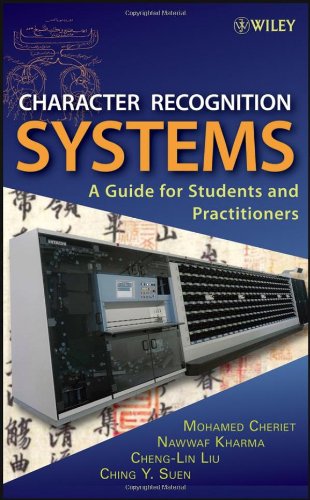
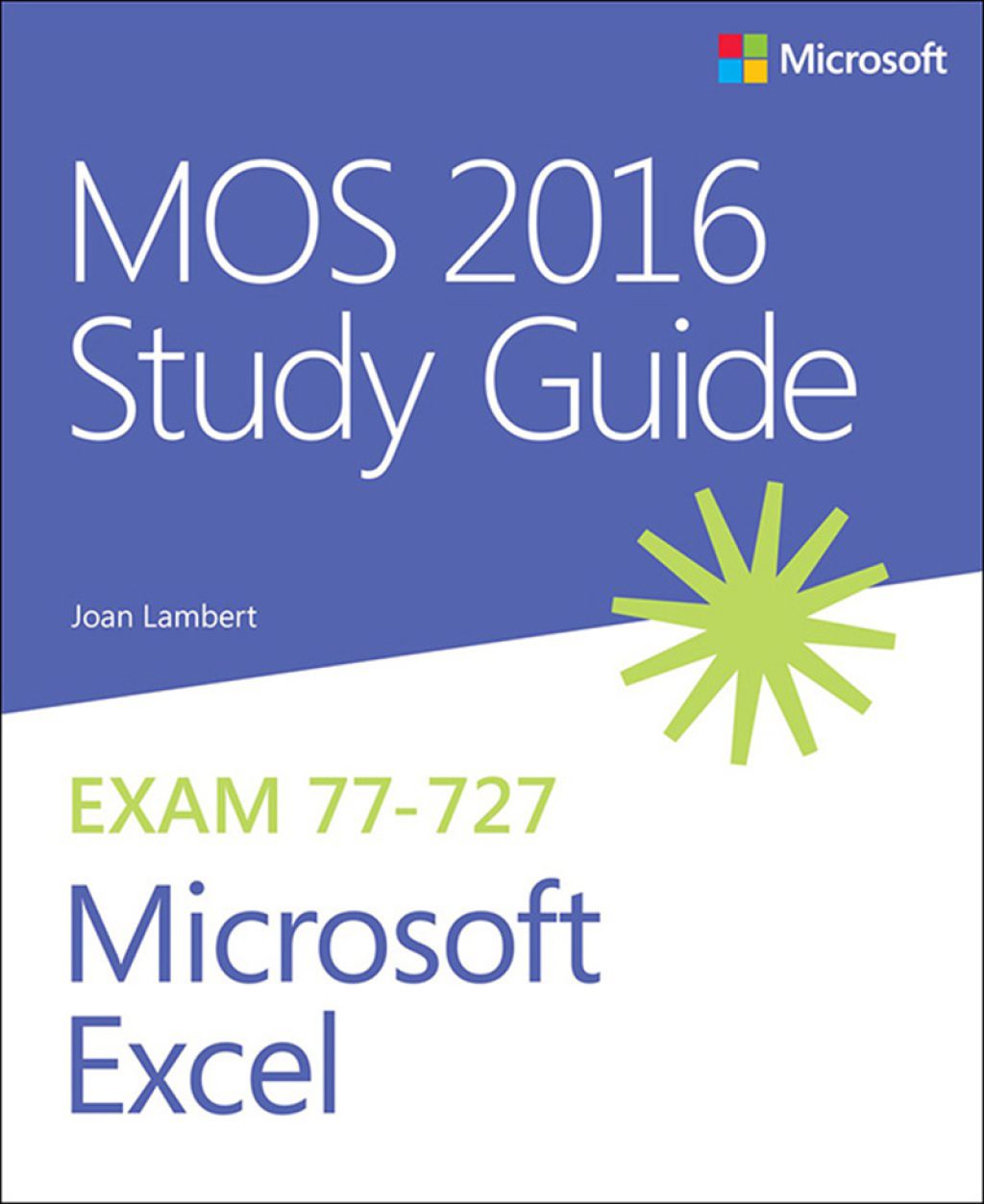
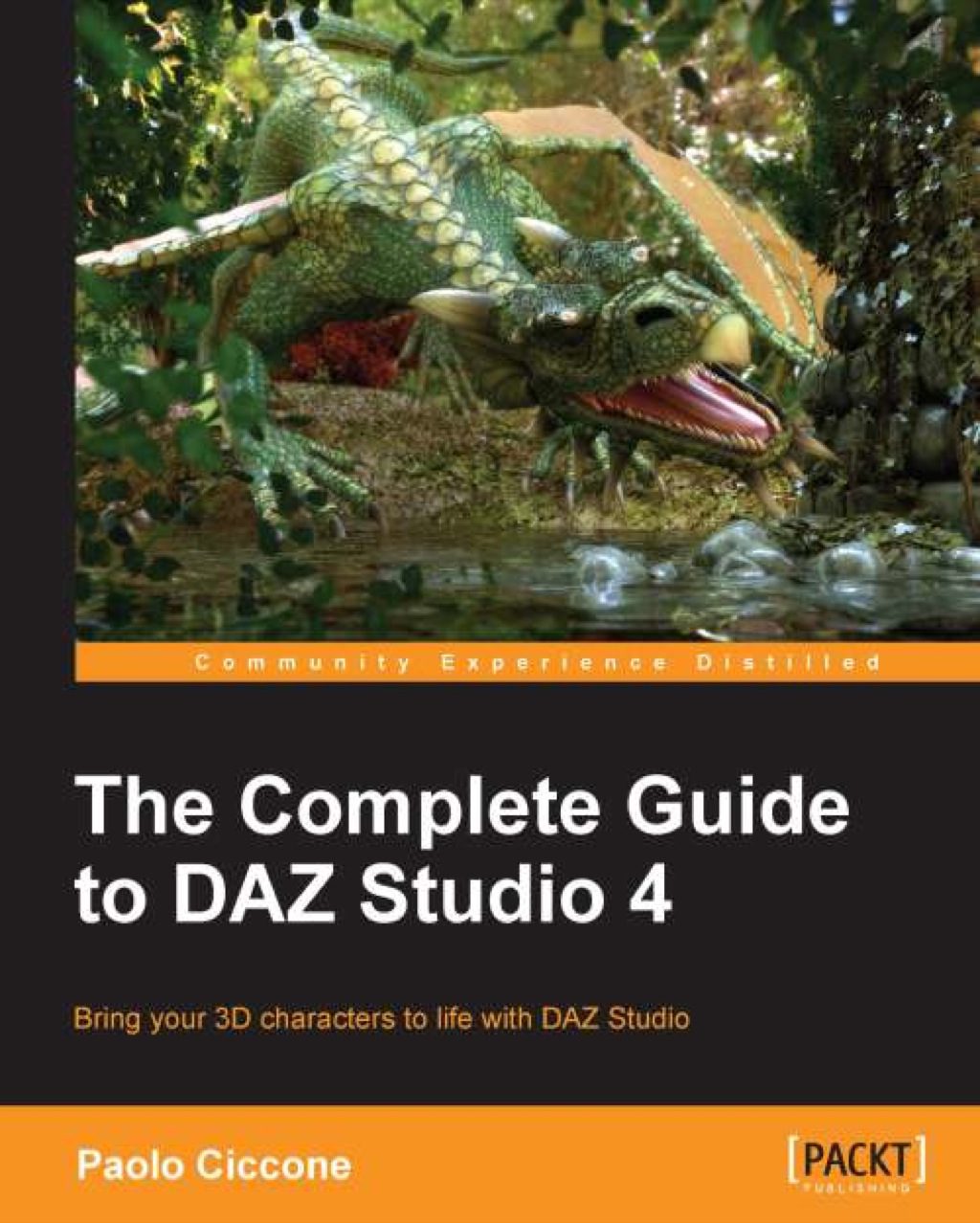

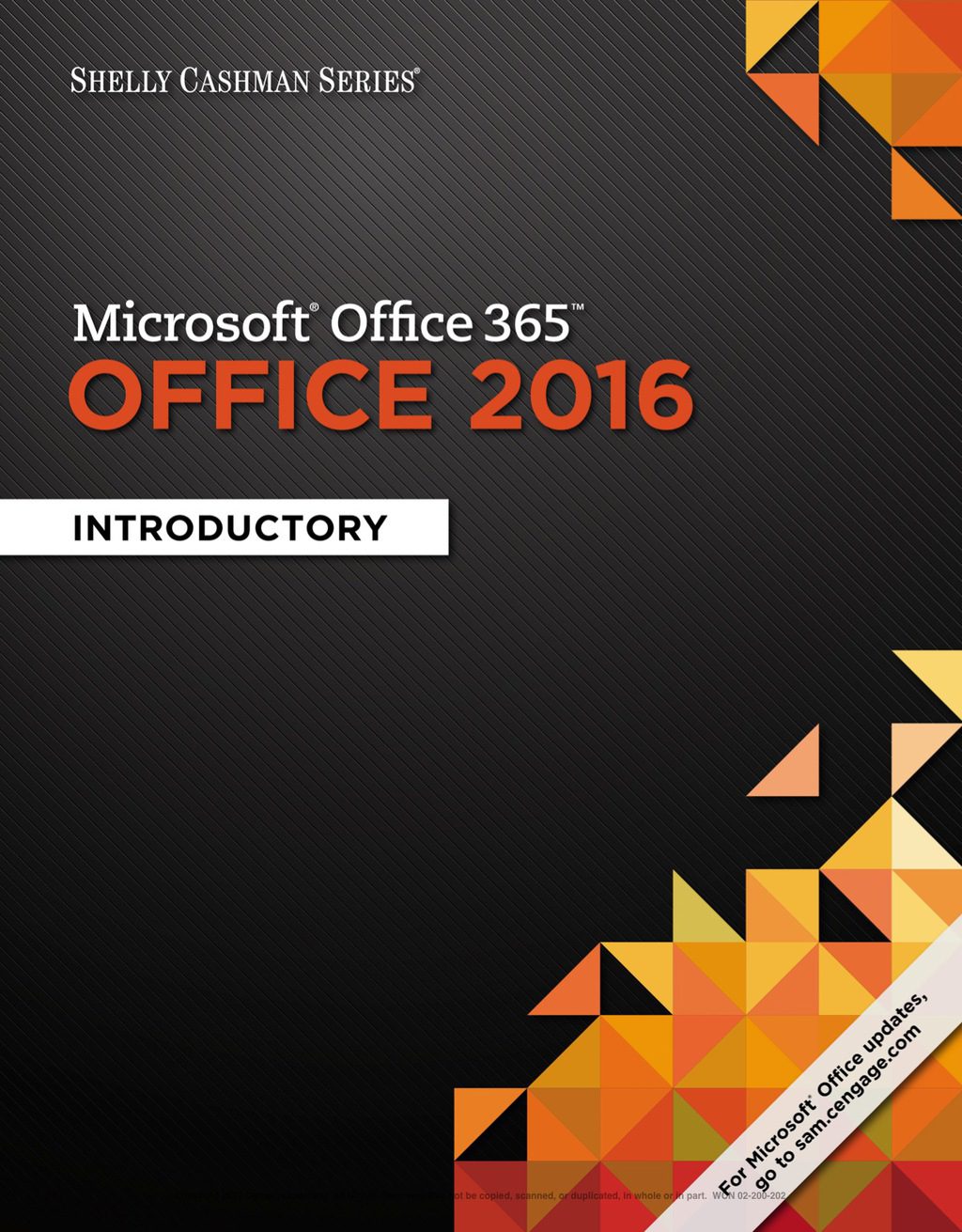

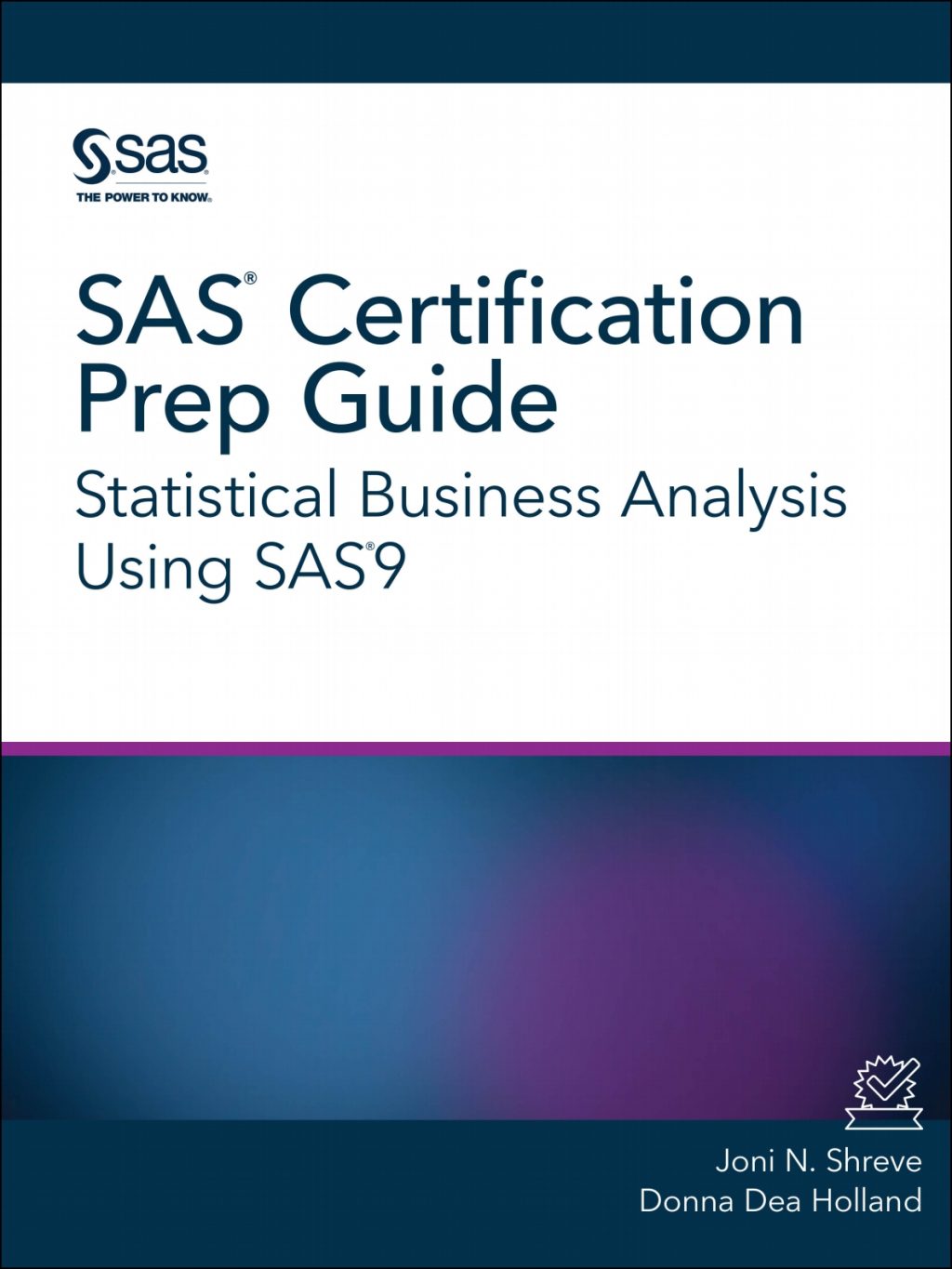
Reviews
There are no reviews yet.